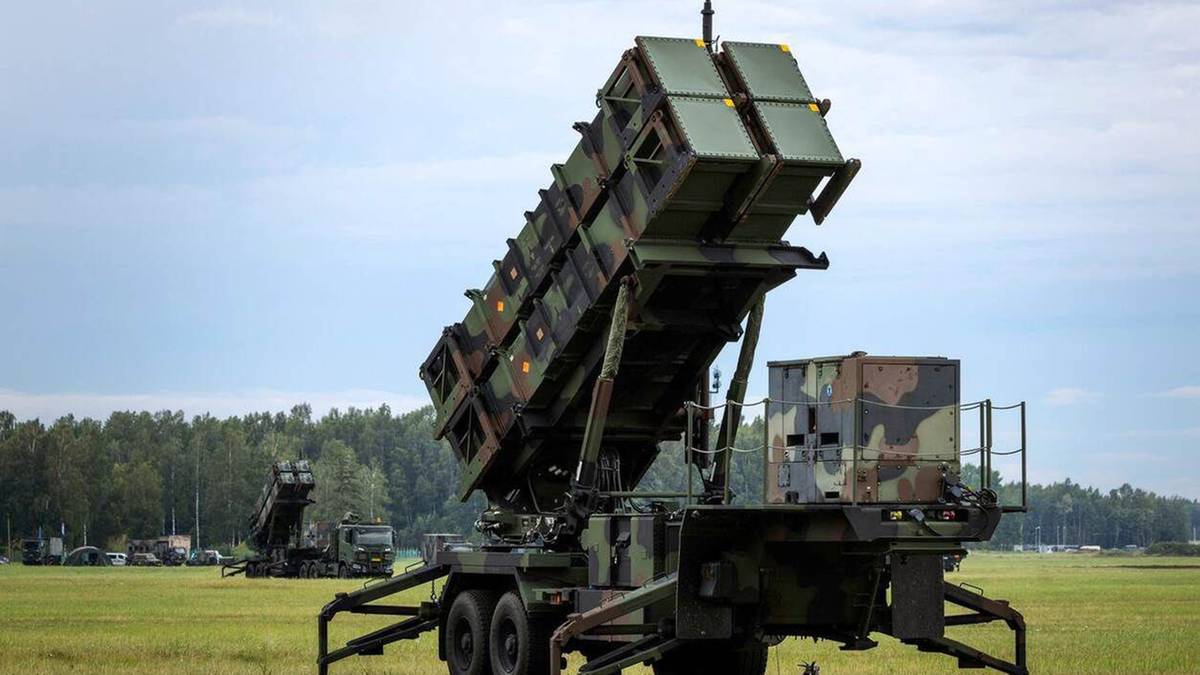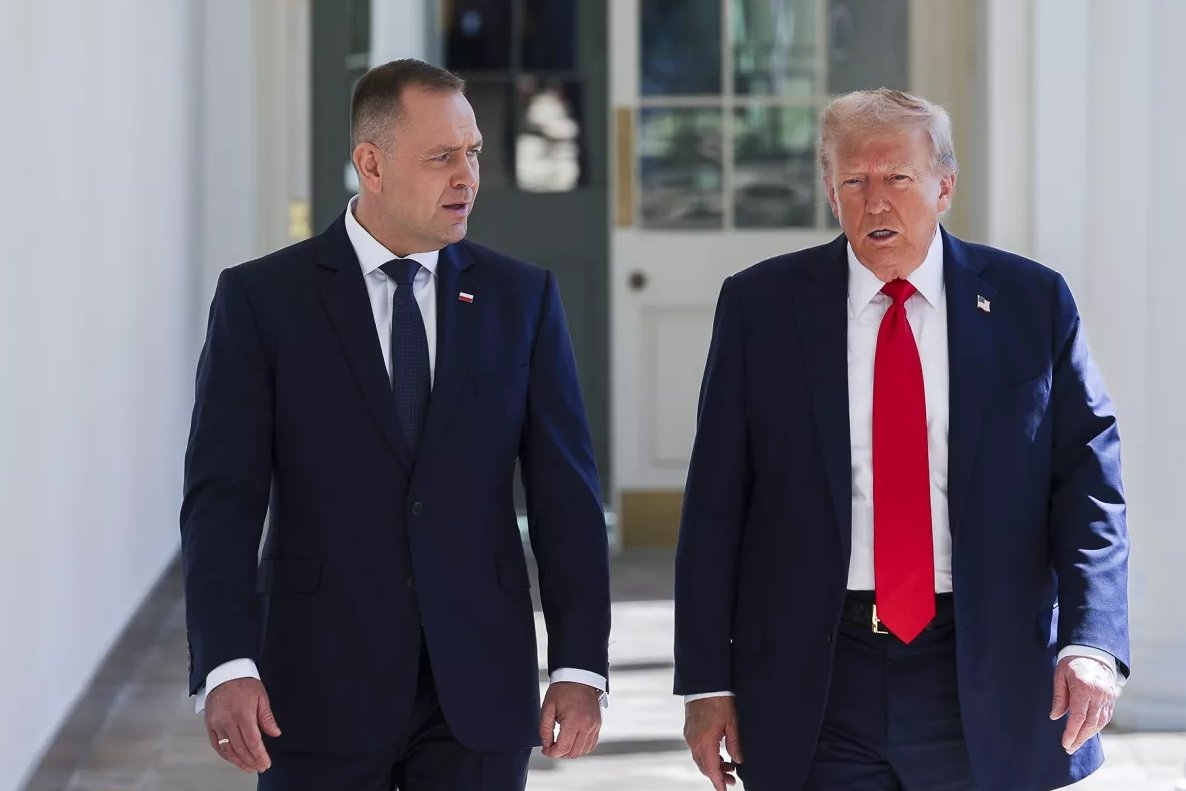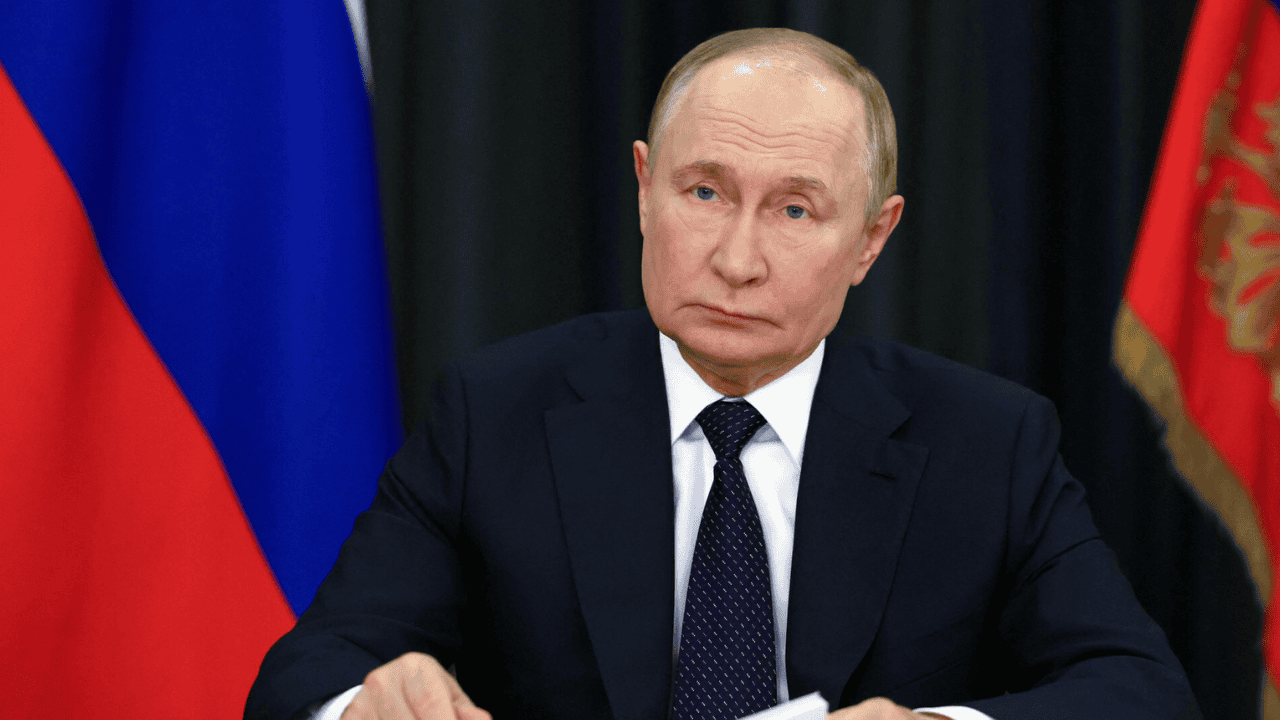In short
- Chinese space diplomacy is based on building partnerships alternatively than alliances, strengthening cooperation within the ILRS, APSCO and Belt and way Initiative, which strengthens China's position in global space exploration.
- China is developing its space independency in consequence to US limitations by attracting Global South countries and offering declarative access to space infrastructure and satellite launch technology.
- The future of Chinese space diplomacy remains uncertain and will depend on the determination and openness of partners, their own economical condition and global dynamics.
Xi Jinping's visit to Europe to the president of the People's Republic of China in May 2024 was marked by talks with France and investment promises in Central east Europe – in Beijing-friendly Serbia [1] and roaming between the west and east of Hungary. In the shadow of billions of contracts for the construction of railways, battery factories and the strengthening of economical relations, Belgrade was joined to the Chinese ILRS task [2] [3] – a block of countries under Chinese leadership active in the creation of the global Moon investigation Station (国际月球科研站) [4]. The intent of this publication is to analyse the activities and directions of Chinese space diplomacy and its future prospects for development.
The analysis deals with Chinese astropolitical cooperation with another countries than the USSR/Russia. Due to the peculiar and massive dimension of this cooperation, it was discussed in an earlier text (reference to “On the Bear's Back to the Stars...” [4]).
Chinese space diplomacy [5]
Following the collapse of the USSR, China has established cooperation in space primarily with the West, in peculiar with Sweden, the United States (American telecommunications and media corporations which in China have found inexpensive launch capabilities for satellites to orbit [6]) and with the full European Union. However, over time, as a consequence of US sanctions, this cooperation was importantly limited [7]. In consequence to these limitations, China began to prioritise its independency in space technology, relying mostly on copying Russian inventions. China's prestigation and aerocosmic capabilities are present a field of race from the US [8].
Washington has had an extended containment policy since the 1990s. The Entity List, a paper sanctioning trade, cooperation and technology exchange with individuals and entities identified by the U.S. Office of manufacture and Security, should be mentioned [9]. A more clear example of American restraint was Wolf's 2011 Amendment (officially: Public Law 112-55) [10] reinforced by American-Chinese trade war and Donald Trump's space policy. It suspended the anticipation for NASA's National Aviation and Space Administration to usage national funds in cooperation with Chinese entities with a peculiar focus on the Chinese National Space Administration (CNSA). The US legislature may grant approval to cooperate.
Table 1. China's bilateral cooperation in space – examples (author work)
| Country | Nature of contacts | Type of cooperation |
| Argentina | Close | Cooperation in the construction and improvement of telemetry and radar infrastructure in South America |
| Brazil | Close | BRICS cooperation, construction of the CBERS (China-Brazil Earth Resources Satellite) |
| France | Limited | Occasionally, joint missions, limited R&D exchange |
| Germany | Medium | Wide R&D Replacement |
| Pakistan | Close | Chinese technological transfer, exports, joint orbital and lunar missions |
| Poland | Limited | Two joint missions, limited R&D exchange |
| Russia | Key | Active and close cooperation, bilateral space cooperation, a series of agreements, a broad R&D exchange, civilian and military cooperation, building a common space cooperation block |
| United States | Frozen | In the past, joint R&D missions and exchanges Now competing; Wolf's Amendment |
| Sweden | Limited | In the past, a joint mission, the lease by China of Swedish telemetry-radar infrastructure Termination of the lease agreement by Sweden, limitation of cooperation |
| Thailand | Limited | Cooperation memorandum and joint mission plan, limited R&D exchange, despite Thailand's announcements is simply a tiny and insignificant player in the space market, Thailand's membership of the ILRS |
| Ukraine | Limited | In the past, transfer of components and technology for rocket engines |
China is presently developing astropolitical relations in 3 organization levels:
- APSCO,
- Belt and way Initiative (BRI),
- ILRS.
APSCO (Asia-Pacific Space Cooperation Organisation)
The Asia-Pacific Space Cooperation Organisation (亚太空间合作组织) brings together 8 countries. The seat is Beijing. Following the 2005 convention, the organisation was set up in 2008 to establish an astronomical relation and exchange of cognition between Bangladesh, China, Iran, Mongolia, Pakistan, Peru, Thailand and Turkey [11]. APSCO implements yearly seminars under the auspices of the UN, and is besides a platform for sharing results, mainly Chinese, space investigation and deployment [12] [13]. However, it is symbolic and promotional for China.
Belt and way Initiative (Belt & Road Initiative)
Under the BRI (一带一路) China has established cooperation with developing countries, offering them access to their space infrastructure, including primarily satellites, telecommunications technologies and Earth reflection services [14]. China's peculiar interest is devoted to the task of the Alliance of Silk Road Universities (UASR/丝绸之路大学联盟), to which especially method universities are invited to make strategical projects: quantum cryptography, aviation, artificial intelligence, space investigation (examples: University of Technology in Turin and Milan, ETH national Technology Institute in Zurich, Poland Gdańsk University of Technology) [15].
ILRS – who should and why?
The Chinese space programme has already achieved the capacity to let the PRC to be independent and even to make technological trends in this prestigious activity [5] [7]. The communicative of internationalisation and sharing of the fruits of space investigation for the sake of humanity has besides intensified [16]. The largest global format now appears to be the ILRS [4] – a quasi-institutional task for the investigation and exploration of the Moon, to culminate in the construction of a permanent facility close the confederate Silver Globe Pole and the permanent presence of the crew on the Moon.
The ILRS was announced as a joint task of China and Russia in 2021, which assumes the improvement of infrastructure enabling long-term manned presence, exploration and exploitation of lunar resources [17]. The priorities “on Earth” are the improvement of space law for Chinese-Russian needs, astronomical research, technology improvement and standards. Cooperation is to take place in 4 phases: designation by joint missions of unmanned probes, construction of stations, global manned missions, and yet planting and operation of the ILRS.
Figure 1. global Lunar investigation Station Implementation Plan (Development: Gawrycki, P.)

Chinese-Russian announcements led to the creation of a parallel format of the alleged Artemis Accords Agreement promoted by the US and the Collective West. Americans launched the agreement in October 2020 (Poland has been part of the agreement since October 2021).
Table 2. ILRS associate States (authorisation)
| Country | Year of joining | Continent | Space capabilities |
| China – founder | 2021 | Asia | Full |
| Russia – founder | 2021 | Europe-Asia | Full |
| Venezuela | 2023 | South America. | Satellite communications |
| South Africa | 2023 | Africa | Satellite communications |
| Azerbaijan | 2023 | Asia | – |
| Pakistan | 2023 | Asia | Missile technology |
| Belarus | 2024 | Europe | Missile technology |
| Egypt | 2024 | Africa | – |
| Thailand | 2024 | Asia | – |
| Nicaragua | 2024 | South America. | – |
| Serbia | 2024 | Europe | – |
| Kazakhstan | 2024 | Asia | Baikonur Cosmodrom |
| Senegal | 2024 | Africa | – |
Two different examples of states' attitude to space initiatives are the United arabian Emirates and Hungary Viktor Orban.
With ambitions and finances for space activities, the UAE joined the Artemis initiative as the founder. At the same time, there are no deficiency of examples of actions by individual entities of this country – companies (Orbital Space Co.), universities (University of Sharja) [18] and aeronautic institutes (Mohammed bin Rashid Space Center), which openly cooperate with China in space investigation [19].
The situation is akin in Hungary. Unless the Hungarian Space Office has yet to make a decision to which of the cooperation formats it will join, there are already revived contacts with the Chinese side. The Budapest investigation and investigation organization Hungarian Solar Physics Foundation has been a associate of the ILRS agreement since July 2024 [20].
Summary – evaluation of space diplomacy activities
Table 3. Ocean of formats of Chinese space diplomacy (author's study, July 2024)
| Name | Founded | Members | General objectives | Evaluation |
| APSCO | 2008 | 8 | Construction of astropolitical communication and R&D cooperation platform | Marginal |
| BRI | 2011 | 149 | Economic and trade cooperation, joint infrastructure projects | Marginal (Academic) |
| ILRS | 2021 | 13 | Construction of astropolitical communication platform and R&D cooperation Moon Exploration | In fact, only China-Russia |
| BRICS? | 2010 | 9 | Economic and trade cooperation, joint infrastructure projects | Declarations only |
Chinese space diplomacy, as Emmelie Tran emphasizes, is based on building partnerships alternatively than conventional alliances, focusing on cooperation within not entirely formalized organizations. In consequence to US technological sanctions, China develops its independency in space technology and creates a communicative about the internationalization of space exploration.
However, this nominally inviting offer is not truly an open project. China attracts partners mainly from the Global South – developing countries and incapable to further engage in space activities. Countries specified as Venezuela or Nicaragua in addition to the declarative support and site for the construction of Chinese space communications systems do not have much to offer Beijing in this domain. The exception is looking for an alternate to American dominance in the space of Moscow. Despite being a alternatively descending power with a number of failures of fresh years in the account, the Russian space program inactive provides a model for Beijing to follow, a origin of crucial experience, knowledge, organization and procedural memory, which the Chinese themselves are inactive developing. another crucial players have not been/not wanted to be won so far.
The possible for cooperation may be BRICS [21]. BRICS cooperation can focus on aspects specified as joint investigation and technology exchange, the improvement of fresh satellite constellations, the exploration of space, and even the construction of BRICS orbital station [22], provided that cooperation, peculiarly with emerging India, does not stay in the conversation and ideas phase. Both India and the second major player in the space marketplace in BRICS – Brazil, have decided to join the Artemis agreement so far.
In future, Chinese space diplomacy can gain importance in building global technopolitical alliances. As China develops its space capabilities, including the thought of permanent bases on the Moon and satellite platforms, it can attract developing countries, offering them access to modern infrastructure and technologies specified as satellite lifting and Earth observation. The increase in global interest in Chinese projects, specified as ILRS, can besides contribute to strengthening their function as a leader in an alternate astropolitical strategy to the West [23].
On the another hand, the membership of the most advanced states (France, Japan, Singapore, Republic of Korea) in American Artemis may have an other effect. The adoption under Chinese wings of only actors with insignificant/no space capabilities and the financial burden of joint projects undertaken mostly by China in combination with the ageing technological base in Russia may be a origin inhibiting Chinese advancement against the cooperative and working together, rapidly and modern Western.
Bibliography
[1] Xinhua (2024). Xi deals Europe journey with clear message on fortifying cooperation. Xinhua News Agency, https://english.news.cn/20240511/df95648039ca4194be41e7261615b4ce/c.html, accessed: 2024/08/23
[2] Continuation of Serbia-China technological Cooperation Confirmed. NPzVI Serbia, https://www.ai.gov.rs/vest/en/903/continuation-of-serbia-china-scientific-cooperation-confirmed.php, accessed: 2024/08/23
[3] Kowalski, J. (2024). Linkedin Post “Americans around the initiative to return to the Moon...”. In: https://www.linkedin.com/posts/j%C4%99dj-koInAlewski-01_space-china-artemis-activity-7195478338252001281-Ga_I/?originalSubdomain=en, accessed: 2024/08/22
[4] Karwowski, K. & Pelc, J. (2024). On the back of the bear to the stars. INE, https://ine.org.pl/na-plecach-bears-ku-stars-rola-rosion-in-Chinese-space programme/, accessed: 2024/08/23
[5] Improvement, M. function of tiny States in Global Space Policy. INE, https://ine.org.pl/rola-states-small-in-global-space policy/, accessed: 2024/08/20
[6] Sokolski, H. (1998). Selling China the Rope... Clinton Didn’t Start It, But He certain Made It Worth. The Weekly Standard, 1 June 1998.
[7] Karwowski, K. (2024). With a dragon to the stars. Chinese space program. INE, https://ine.org.pl/Chinese-space program/, accessed: 2024/08/23
[8] Bureau of manufacture and Security. Entity List. BIS, https://www.bis.doc.gov/index.php/policy-guidance/lists-of-parties-of-concern/entity-list, access 2024/08/21
[9] United States legislature (2011), Public Law 112-55, pp. 86, online: https://www.congress.gov/112/plaws/publ55/PLAW-112publ55.pdf, access 2024/08/21
[10] APSCO Information Brochure. APSCO, http://www.apsco.int/upload/file/20180703/201807031400255205.pdf, access 2024/08/21
[11] APSCO Founding Convention (2005). APSCO, http://www.apsco.int/upload/file/20180525/2018052510341620388.pdf, access 2024/08/21
[12] global SYMPOSIUM 2024 on Developments in Space Communications-The Regional Balance and Challenges (2024). APSCO, http://www.apsco.int/upload/file/20240514/2024051411123710905.pdf, access 2024/08/21
[13] Zhang Ming (2014). The Space Silk Road and China–Arab States Space Cooperation. And Chinese Perspective. NUS – INSIGHTS No. 309 | 11 June 2024.
[14] UASR website. Members. UASR, http://uasr.xjtu.edu.cn/Members/Members/1.htm, access 2024/07/21
[15] Stesiuk, К. (2023). НАРАТИВ КИТАЙСЬКОЇ КОСМІЧНОЇ У 2000–2022 РОКАХ: ПОРІВНЯЛЬНИЙ АНАЛІЗ П’ЯТИ БІЛИХ КНИГ ПРО КОСМОС КОСМОС. КNEU Chinese Studies (Kитаєзнавчі дослідження), (2), 19-31. https://doi.org/10.51198/chinesest2023.02.019
[16] The State Council Information Office of the People’s Republic of China (2022). China’s Space Program: A 2021 Perspective. SCIO, https://www.cnsa.gov.cn/english/n6465684/n6760328/index.html, access 2024/07/21
[17] Law Firm of the president of the Russian Federation (2022). Rating of the Russia-China global agreement on cooperation in establishing the global Lunar investigation Station. Kremlin: http://en.kremlin.ru/acts/news/74254, access 2024/07/21
[18] Jones, A. (2023). Emirates university signs up to China’s moon base project. SpaceNews: https://spacenews.com/emirati-university-signs-up-to-chinas-moon-base-project/, accessed 2024/07/21
[19] Itzhayek, NK., Guzansky, Y. & Lavi, G. (2024). China–UAE Space Cooperation: hazard or chance for Israel. INSS: www.inss.org.il/strategic_assessment/china-uae/access 2024/07/21
[20] Ling Xin (2024). Hungarian solar investigation laboratory signs up for China-led ILRS moon project. SCMP: https://www.scmp.com/news/china/science/article/3271365/research-body-eu-nato-state-joins-china-led-moon-project-ilrs access 2024/07/21
[21] Karwowski, K. (2024). 1 ship – different captains. BRICS Group after enlargement, INE: https://ine.org.pl/one-ship-various-captains-group-brics-after-extension/, accessed: 2024/08/20
[22] Lau, C. (2023). Russia proposes joint investigation module on space station for China, India, Brazil and South Africa. CNN, https://edition.cnn.com/2023/07/25/europe/russia-space-station-module-for-brics-intl-scn-hnk/index.html, accessed: 2024/08/20
[23] Jones, A. (2021). China, Russia uncover roadmap for global moon base. SpaceNews, China, Russia uncover roadmap for global moon base, accessed: 2024/08/20
Photo: Canva












